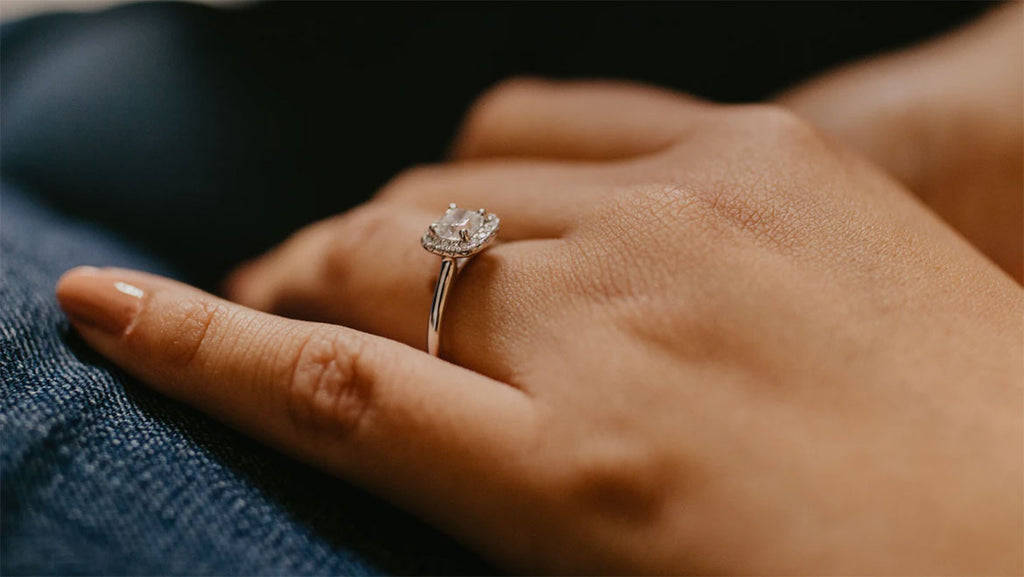Perfect Earrings Set and Diamond Necklace

Iridescence is a display of colours which is seen when white light reflects from structures on or in gemstones. In opal, prismatic colours are seen because spectral colours are separated. In labradorite and other gemstones, there are blended to produce interference colours. Iridescence, or play of colour, may be seen in soap bubbles or insects such as butterflies and beetles, as well as in gemstones.
Iridescence can be caused by the diffraction of light from regular structures, or by reflection from thin film on or in materials. The thin films may be liquids gases or solids. Crystals, liquid-filled inclusions, fractures and cleavages may all cause the effect.
Donec Massa Integer
Light striking a thin film is partly reflected from the upper surface but part refracts into the film and is reflected from the lower surface. The light is divided into two parts which re-combine at the upper surface of the film. They are said to be ‘in phase’ when thin crests and troughs coincide; these light waves become brighter. Some are out of phase; wave crests combine with wave troughs so that the waves are eliminated.


Moonstone, another variety of feldspar, also produces iridescence but this is a lot more subtle and can result in just a hint of blue as the layers have different thicknesses compared to labradorite and the colours are dominated by shorter wavelengths.
Iridescence can also occur in cracks, fissures and cleavages. The thin films here consist of air. This results in a play of colour which may be seen in calcite or topaz crystals. The colours appear spread out and shimmer as the stone is moved and light catches it at a different angle.
